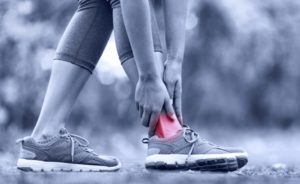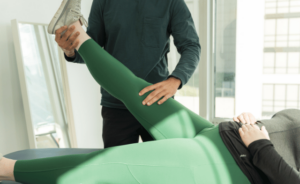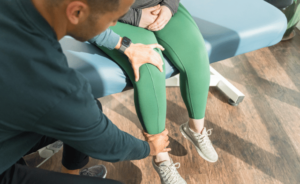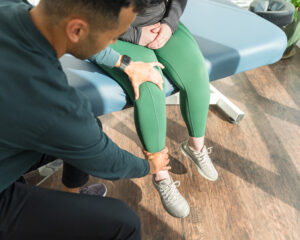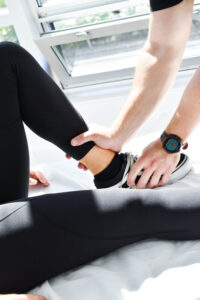But what are the most common causes of back pain? And what can you do to prevent it? Here we’ll explore the most common causes of back pain and offer some suggestions for how to reduce your risk. Keep reading to learn more
1. Poor Posture

Poor posture is often the culprit behind back pain. When we slouch or slump, our spine is forced out of alignment, placing undue stress on the muscles and ligaments that support it. Over time, this can lead to pain and inflammation. Additionally, poor posture can cause the discs in our spine to become compressed, leading to further pain and discomfort. The good news is that poor posture can be corrected with a little effort. By practicing good posture habits, such as sitting up straight and keeping your shoulders back, you can help to alleviate back pain and improve your overall health.
2. Sitting All-day

If you’ve ever had a bout of back pain, you know how debilitating it can be. Back pain can make it difficult to sit, stand, or even walk. And if you have to sit for long periods of time on a daily basis, you’re at risk of developing chronic back pain.
There are a few reasons why sitting all day can cause back pain:
- When you sit, your muscles and ligaments start to relax. This can weaken the supportive structures in your back. Weakening can cause overcompensation in other places of your body and can move your spine out of alignment – all of which lead to pain in your back.
- Sitting all day can cause your disks to compress. When this happens, your joints follow suit and can limit your range of motion. When your ROM is limited, you’ll start to feel pain even from little movements.
3. Heavy Lifting

Just as no movement can cause you pain, so can lots of movement. Specifically, heavy lifting (think strength training) can cause some issues in your back. Regardless of what we are training, when we lift weights, a large majority of the tension goes to our back – both lower and upper. If you don’t know proper form while you’re lifting, you risk overusing your back muscles, causing tension and tightness, and in the end, pain.
4. Car Accidents

It’s obvious that back pain can result from a car accident. However, we bet you didn’t know that when you’re in a car accident, it can take up to a year for you to feel the injuries in your body. This is often because when we go through a traumatic and forceful movement (ie. whiplash from a car accident), our body will immediately engage other muscles to support the injured area. These compensating muscles strengthen while injured muscles weaken, and over time, this can result in misalignment – and pain – in your body.
5. Stress

Most of us experience stress as an emotional feeling; however, it can manifest in physical tension. When you’re stressed, your muscles tense up – this leads to muscle aches and pain, especially in your neck, shoulders, and back. In addition, stress can also cause you to breathe more shallowly, which exacerbates your back pain: it decreases the range of mobility in your thoracic muscles (your mid-back) and limits oxygen to these muscles. If you’re struggling with back pain and think it could be caused by stress, there are many things you can do to manage it. Working with a mobility expert to help with exercise, stretching, and range of motion techniques can help you manage this pain.
6. Aging

Aging is one of the most common causes of back pain. As we get older, our bodies go through a variety of changes: our bones lose density, muscles weaken and lose mass, and the discs between the vertebrae begin to shrink. These changes can lead to a number of pain-related problems in your back, including stiffness, decreased range of motion, muscle tension, joint pain, and nerve pain.
Physiotherapy can provide you with safe and effective treatment for back pain. As a pain specialists, they can teach you ways to increase your range of motion, strengthen your muscles and realign your spine. If you are experiencing back pain, it’s important to talk to your physiotherapist to determine the cause and find the best treatment options. Aging may be inevitable, but back pain doesn’t need to be.
Back pain is the leading cause of disability worldwide, and it’s not always easy to determine the root cause. In this blog post, we’ve outlined some of the most common causes of back pain so that you can start to get a better understanding of what may be causing your discomfort. If you think you may be suffering from one of these conditions, we encourage you to book an appointment with our physiotherapists for a consultation. They will be able to assess your condition and provide you with tailored treatment plans that will help reduce your back pain and improve your quality of life.

